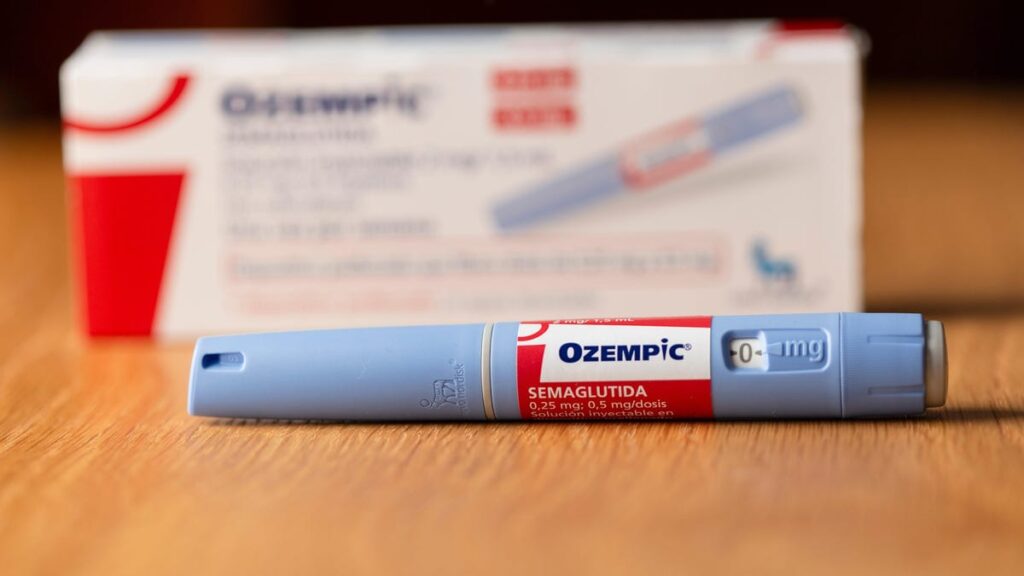Another year, another round of incredible price increases for many prescription drugs. According to an analysis by 46brooklyn Research, the prices of more than 700 drugs increased in January this year. The average price increase was slightly lower than the trend in recent years, but included popular weight loss drugs such as Ozempic and Mounjaro.
Ohio-based 46brooklyn is a nonprofit corporation that seeks to “increase the accessibility and usability of U.S. drug pricing information.”The organization maintains a database of prescription list price changes through its database Brand Drug List Price Change Box Score, derived from other data such as Medicaid spending. Box Score is updated weekly in January and then monthly the rest of the year. Historically, the largest volume growth occurs in January or July, often more during the latter period.
According to 46brooklyn, as of early January, the list prices of more than 700 brand-name drugs had increased. The average increase for these drugs is about 4.5%, slightly lower than the 5% average increase over the past five years.Perhaps the most high-profile drugs so far this year include Novo Nordisk’s Ozempic and Eli Lilly’s Mounjaro, the latest a class of drugs called incretinsnamed after the group of hormones they mimic.
Both drugs are approved to help control type 2 diabetes. But other versions using the same active ingredient have been approved to treat obesity (Wegovy and Zepbound), and doctors sometimes prescribe them off-label for the same purpose. According to the database, the list price for a one-month supply of Ozempic has risen to $984.29 (up 3.5%), and the price of a one-month supply of Mounjaro has risen to about $1,000 (up 4.5%).
The group noted that drug pricing is a complex mess. List prices rarely represent the actual out-of-pocket costs patients pay for a drug, which depends largely on factors such as insurance coverage. Public payers such as pharmacies and the federal government also tend to pay less than the listed price for these drugs due to complex discounts and other cost-cutting measures (often arranged by third-party pharmacy benefit managers).But high sticker prices can still put a strain on the resources of public payers like Medicare, and some studies suggest rising prices seems to translate Over time, patients’ out-of-pocket costs will be higher.
Other drugs growing in 2024 include painkiller OxyContin, blood thinner Plavix and antidepressant Wellbutrin. A much smaller number of drugs are seeing price drops, including erectile dysfunction drug Cialis, antidepressant drug Prozac and several popular insulin products. The decline in insulin prices is largely the result of federal policies passed in recent years aimed at limiting insulin use. Out-of-pocket expenses Insulin is $35 per month. While these policies have the biggest impact on Medicare patients, other changes have allowed many pharmaceutical companies to actually save money by lowering sticker prices.
